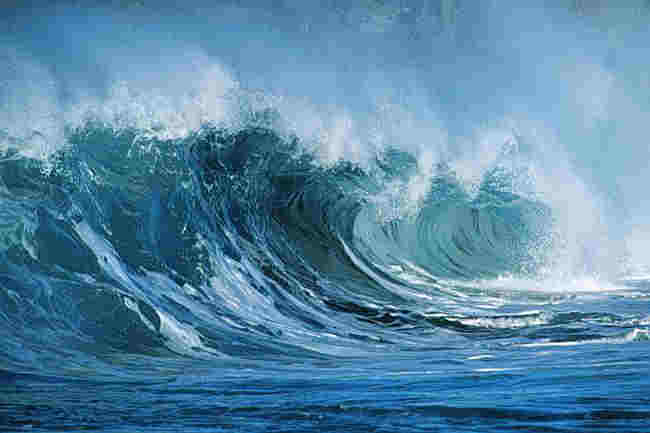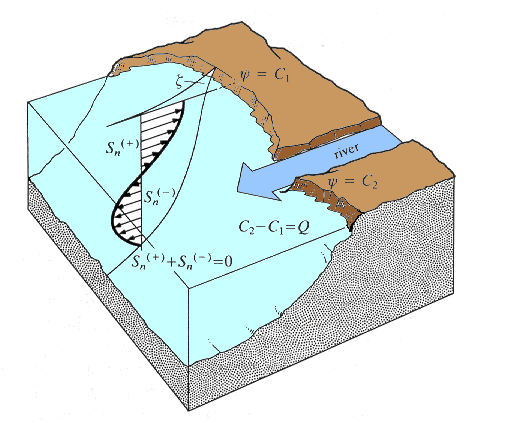|
 PHYSICAL
OCEANOGRAPY PHYSICAL
OCEANOGRAPY
I sit down by the seashore and listen to the
rumbling ocean. The waves approach the sand appearing to gobble all that
might be found along the coast. But it never does. It makes a loud roar
and then tumbles into calm ripples before my feet. I need to find out
more about the oceans and why it moves so mysteriously as I watch it.
The oceans are always moving. The movement is
graceful and subject to the principles of fluid motion. Fluid motion
refers to the response of liquid to forces of wind, density, and
rotation of the Earth in space. Locally you must include factors such as
topography and tidal forces.
The waters of the oceans are not homogeneous.
There are ocean masses that move as units, called currents. The oceanís
movement is predictable based on mathematical modeling. The model takes
into account many factors that control currents not only on the surface
but with depth.

You can mathematically model the movement of water
|